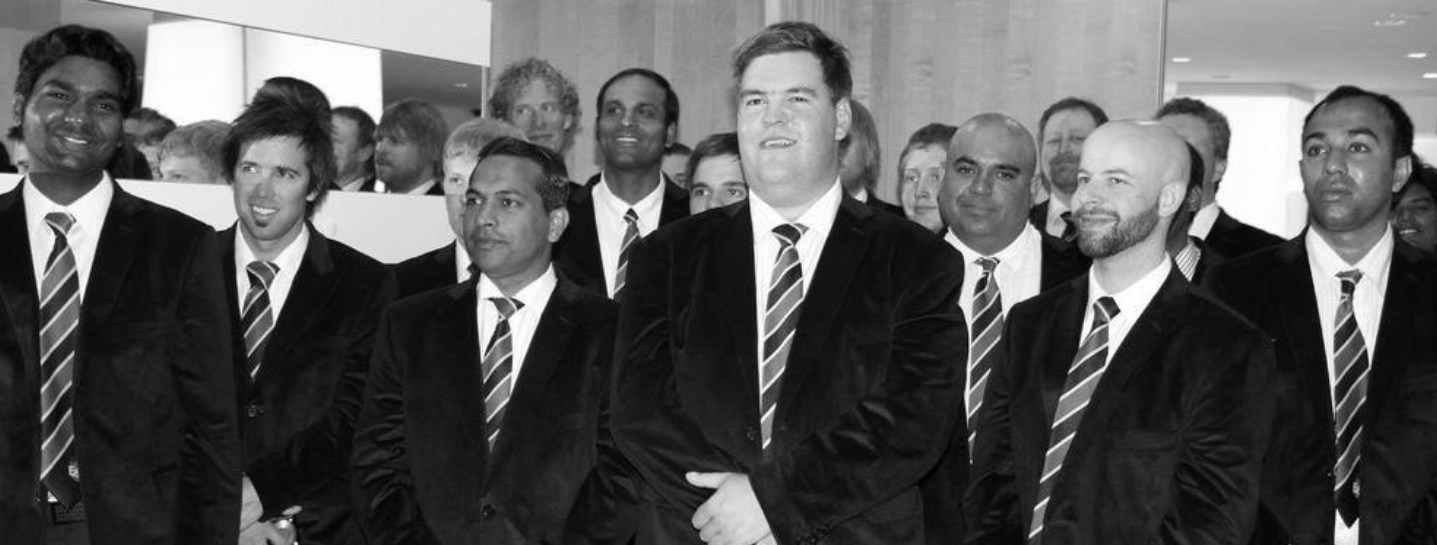
“Grass roots – the evolution of Estonian Cricket”
There are many sights and sounds you associate with Estonia. Imagine quiet pine forests, calm lakes and bustling villages that look as though they have been separated from time. Picture cosmopolitan Tallinn’s steepled horizon, the trample of students rushing from lecture to class in Tartu. The waves of the Baltic lapping the beach in Pärnu. The sound of leather against willow at Tiskre. Yes, you did read that last sentence correctly. Cricket is in Estonia, and doing rather well.
Cricket, believe it or not, has been played in Tallinn, Estonia for approaching 25 years. It has gone from a knock about on the local football pitch, to an ICC recognised team, competing in T20i World Cup Qualifying Tournaments.
The noble game first commenced in Estonia during the year 1998. An Estonian businessman returned from a trip to Australia obsessed with cricket and was determined to make a success of it in his native country. He approached a local Indian restaurateur based in Tallinn, and knowing his love for the game, arranged a match between some local bemused Estonians, versus the staff of Estonia’s premier Indian restaurant. The result may have been forgotten, but the outcome has gone down in history. This was the day Estonian cricket was formed.
At first, it was Indian restaurant employees, which consisted of Russians, Ukrainians, Georgians and the odd Indian, against Estonians or local ex-pats. As word grew, so did the team. The ground moved from a football pitch to a patch of ground in the middle of Tallinn’s race course, the Hippodrome. An artificial pitch was laid, and all of a sudden, the Estonian cricketers had a home.
The Estonian players played amongst themselves, but as Tallinn became easier to get to for those travelling by plane, and as the jungle drums of the cricket world announced that cricket was played in the Baltics, they came. Teams from Holland, Finland and the United Kingdom all arrived with grey visions of Eastern Bloc outfall, but all left with happy faces of Estonian hospitality and glowing reports of cricket.
Cricket in Estonia became a regular fixture on the touring team’s end of season calendar. The MCC, Finland, Lords Taverners, Sir Tim Rice and his Heartaches all came to Estonia for a social game of cricket and the chance to make new friends. The more the Estonian team played against higher quality opposition, the more the team improved. Estonia was now in the position to meet these teams at their own ground and take Estonian cricket to other countries across Europe.
Estonia’s first ever away fixture was in the Helsinki 6’s competition against hosts Finland in 2003. Although the team came second to a vastly experienced Finnish side, the team took heart that they reached the final beating several Danish and Finnish league teams en route. This defeat would harden the team and help form a more serious structure for Estonian cricket.
In 2004 the Estonian Cricket Association was formed. A board of directors was voted and appointed and were tasked with developing the game in Estonia. Main focus points were improving the standard of play, encouraging more Estonian nationals to play, and to get more children and schools involved.
These goals were helped by a donation of cricket kit and junior training sets from the International Cricket Council. Although Estonia wasn’t officially recognised as a cricket playing nation by the ICC, it could be classified as “non affiliate” status, which meant that the team had aspirations to one day compete under ICC rules and regulations on a European basis. The new supply of cricket bats and balls – understandably hard to buy in Estonian sports shops – helped improve the standard of cricket immediately, and gave the Board and the team a real determination to succeed at a higher level. The junior kits were given to local schools, and a demonstration of the game was led by the Lords Taverners which provided great insight and fun for all involved.
Throughout 2005 and 2006, over forty touring teams came to play Estonia in Tallinn. The idea that these teams would come over and beat the “locals” by ten wickets had now long since gone. Estonia were able to compete on a level playing field, and those that know the Hippodrome know that this is not an easy task, and in many cases it was Estonia who were winning by ten wickets. Many touring teams arrived thinking that the Estonian team was made up of ringers and ex pats, but were surprised to see the names Kogerman, Burget, Kämbre and Uueni in the starting eleven.
The end of the summer season in 2006 saw the introduction of winter training. By now, the cricket side had grown to some thirty plus members. These players were not happy at not being able to play their beloved sport during Estonia’s winter months. The nights were too dark, the air too cold, and the ice on Harku lake, quite frankly, too icy. Kalev Spoordihall was the perfect venue. An indoor tennis court was booked, and every Wednesday night the players met for training. Having such a small area to practice had its disadvantages, but it had its advantages too. Soft balls were used, which meant that the game was now much more accessible to beginners. Dads started bringing their sons to training, who in turn brought their school friends. Spectators at Kalev sports hall watched in bewilderment as ball hit bat but, more often than not, these spectators brought their kit with them the following week and joined the cricket players in the middle for some catching practice. The importance of this was that not only were the team developing their own skills, but the team was growing with its own as well.
2007 saw the beginning of the domestic league game in Estonia. Such was the number of members, it was now possible to assign each player to one of four teams and play in a round robin league format. Reval C.C, Tallinn Old Boys, Kalev C.C and Tallinn C.C, all took part over the season from May until September. Reval C.C captained by Andres Burget won the first ever domestic league, and a proud Burget will go down as the first Estonian to hold the cup aloft.
2008 proved to be a momentous year for the Estonian Cricket Association. In January, an ICC inspector responsible for the European division of the Council came over to Estonia to assess the quality of cricket in Estonia. He was pleasantly surprised at what he saw in terms of ability, ground condition, junior development and future ambition. The Estonian Cricket Association was advised that they should apply for ICC affiliate status and, if the outcome was successful, they would enter European division five alongside Sweden, Czech Republic, Greece and other affiliate hopefuls Bulgaria. The application was approved in August of 2008 and Estonia became an ICC affiliate nation.
Following on from their international debut in 2009, when they took part in a Division 5 Europe tournament in Greece and won just one game, the national team took second place in a Division 3 Europe tournament, held in Slovenia in 2011.
Estonia was chosen to host the Pepsi ICC Europe Division 3 Championship in June 2012, where the national team competed against Slovenia and Bulgaria. With Shane Warne in attendance, Estonia won the tournament.
An important step on the road to getting cricket recognised throughout Estonia was taken in September 2011 when the first ever cricket match in Estonia’s second largest city, Tartu, took place. 2012 has seen progress continue with the Estonian women’s team taking part in the first ever FinEst Women’s Indoor Cricket Championships.
In 2013 the Estonian Premier League was born with 3 teams taking part. Tallinn Cricket Club, Tallinn United and Saaremaa Cricket Club were the founding members and still compete today with Tallinn CC and Saaremaa CC merging in 2018 to form the Tallinn Hippos.
2017 saw the Eesti Tigers and Viking Stars join the league, followed in 2019 by Tartu Cricket Club, Estonia’s first club to be based outside of Tallinn. The following year Tallinn Rising Stars, Tallinn Stallions and a second Tartu Team, Tartu Wolves, joined the league. 2020 also saw Tallinn United field a second team for the first time, the Tallinn United Falcons. In 2021 there was further expansion with Tallinn Riders and Tallinn Strikers joining along with efP Eagles, a team made up of soldiers from the Nato presence in Estonia.
This rapid expansion coincided with the move to our new grounds located at Tiskre, just outside of the Tallinn city limits and about 15 minutes drive from the city centre. The Estonian National Cricket and Rugby Field was opened in 2020 and has been host to the Estonian Premier League T20 and 40 over competitions as well as the Baltic Cup.
Further expansion of facilities is planned at Tiskre, with a clubhouse and indoor centre on the way that will allow us to play and develop cricket in Estonia 365 days a year.
The Baltic Cup was relaunched in 2020 after a gap of several years, with teams from Latvia and Lithuania making the trip to Estonia to compete against Estonia and Estonia A. 12 matches were played across 2 days with Estonia eventually winning the trophy. The teams returned in 2021 and Latvia showed they meant business, taking Estonia right to the line before a brilliant final over saw Estonia crowned champions for the 2nd year running.
2021 saw the ECA accepted as a member of the Estonian Olympic Committee and the rebirth of the Estonian Men’s National Team as we toured Cyprus to take part in a tri series against Isle of Man and the hosts, Cyprus. These were Estonia’s first official T20i matches and first ICC recognised matches for almost 10 years. Although we did not get any wins on the board the team showed that they have the ability to compete with higher ranked teams.
In early 2022 we learned that we would be competing in our first ever T20 World Cup Qualifiers, to be held in Helsinki in July. Estonia was drawn in the same group as Norway, France, Switzerland and Czech Republic. A month out we travelled to Helsinki to play 2 warm up matches against Finland. The team performed well, losing both games narrowly to an experienced and high quality opposition. We arrived in Finland 4 weeks later optimistic about our chances of causing some upsets, but it was not to be. There were some good performances across the week but Estonia could never quite put together a complete 40 overs, losing all 4 matches and leaving Finland still searching for our first ever T20i victory. The 2022 Baltic Cup saw a determined Latvia winning the trophy for the first time with a great performance against Estonia in the final match sealing the win.
Winter saw the introduction of a 2 tiered men’s indoor competition with the top 5 teams from 2021 competing in division 1 and all other teams competing in division 2. We also launched the first ever Estonian women’s cricket league with 3 teams taking part in the Estonian Women’s Indoor League.
As we look forward to 2023 we are aiming to host our first T20i series on home soil as well as launching a revamped domestic competition with 2 divisions for the first time. Estonia will have its first ever women’s outdoor cricket league following on from our development work with women and children over the winter and Introduction to cricket programs will continue through the year. We also hope to begin construction on our clubhouse and indoor facility.
There is a way to go before cricket can truly be considered a national sport in Estonia, but there are plenty of indications that it will happen. The game has been introduced to Tartu and there are further plans for Parnu. There have been great strides taken to date, and the Estonian Cricket Association has a clear vision for the further development of cricket, including a specific focus on cricket in schools. Some of the issues we face include the fact that the climate in Estonia means outdoor cricket can only be played for four months of the year, and indoor cricket is substantially more expensive to run, a cultural problem where cricket is widely perceived to be an ex-pat game that is played by foreigners, and a relatively small number of volunteers involved in the sport.
Nonetheless, the ECA remain fully committed to their aim of making cricket a national sport, and have plans in place to try and overcome the problems faced. There can be little doubt that, with the continued work of the Estonian Cricket Association and related initiatives, there are solid foundations on which to build the future of Estonian cricket. When Estonian cricket was first played on a football field 25 years ago, none of those players could possibly have dreamt just how cricket would progress in the country. The fact that players from Estonia have gone on to represent their country playing in international tournaments is testament to just what can be achieved through determination and a desire to succeed. The enthusiasm and passion remain as strong as ever.
James Ramsden: November 2008
Tim Heath & Dan Renwick: March 2012
Dave Robson: November 2022















